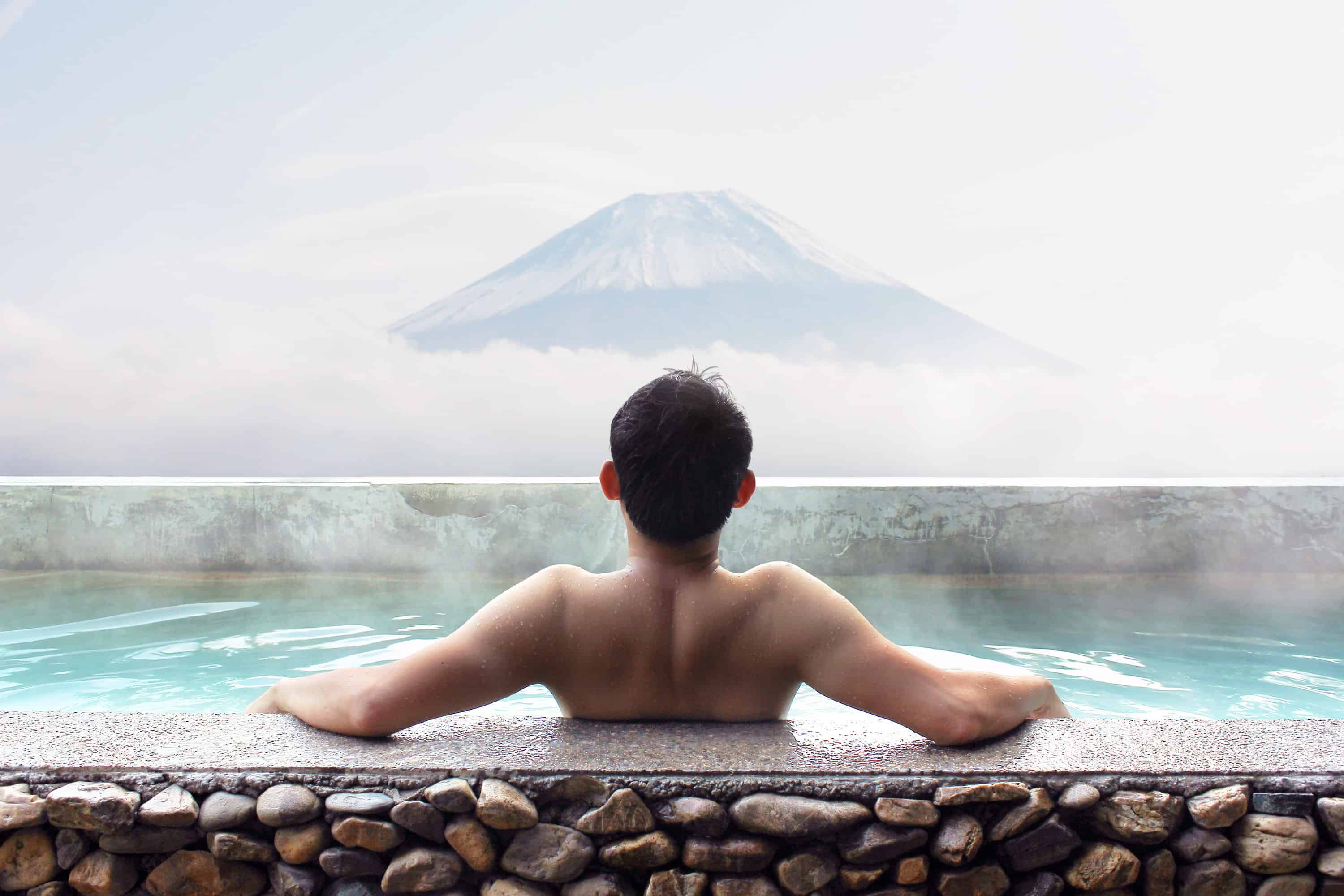With its warm summers, stunning fall foliage and world-renowned cherry blossoms in springtime, a trip to Japan is a visual feast — and that includes during the winter months, too.
An underrated travel season, winter in Japan brings with it an exhilarating list of things to do, from skiing to snowmobiling and beyond. But while the perfect powder and blazing blue skies you find in the northern part of Japan are remarkable, it’s the unique cold-weather cultural traditions that make winter here so special.
Take, for example, the soul-warming shabu shabu (hotpot cuisine) or the luxurious après-ski delight of soaking in a steamy, mineral-rich onsen (Japanese hot springs). Feeling warmer? Read on for more on the unforgettable winter traditions that make a cold-weather trip to Japan a must.
Snow Festivals
Mammoth ice sculptures. Ski jumps. Food stalls. Ice skating rinks. Music. Let’s just say that Japan knows how to put on a “celebrate the snow” event. One of the best-known winter attractions in Japan, the Sapporo Snow Festival in Hokkaido draws more than 2 million visitors every February. (Fun fact: The event started in 1950, when a group of students built six snow sculptures in Odori Park after a heavy blizzard and were amazed when they drew a crowd of 50,000 onlookers.)
Today, the festival features more than 300 snow and ice statues across three locations, with last year’s event displaying massive likenesses of the Helsinki Cathedral (celebrating a history of diplomacy between Japan and Finland) and Hokkaido’s legendary thoroughbred horses. Intricate sculptures are illuminated at night, and state-of-the-art projection mapping animates the icy forms with color and movement. Watch musical acts against these extraordinary backdrops while feasting on local Hokkaido delicacies like grilled squid and Monbetsu crab.
Après Ski Soaks
In Japan, a long day filled with winter activities ends with a trip to an onsen, the perfect antidote to sore muscles. Northern Japan features many traditional outdoor onsen, as the water is geothermically heated by Japan’s volcanic activity. Case in point: the Hakuba Valley hot springs with a range of outdoor soaking opportunities, each one offering its own colors, textures and effects (and dramatic mountain views). The Hakuba Shionomichi onsen, for example, contains dark salt and mineral-rich seawater that’s pumped from deep underground. In contrast, the onsen at the Hakuba Highland Hotel forms naturally from the springs around the Himekawa River, making the water clear and gentle, with a slight alkaline quality.
Cozy Cuisine
The Japanese know that the best way to warm up after a long day of skiing is with a hot meal. Hot pot, or nabe, is a traditional Japanese winter food category. Shabu shabu is just one popular example of nabe and it is usually cooked piece by piece (vegetables, meat and fish) by diners around a steaming pot of broth. Oden, a stew of eggs, daikon, tofu and fish cakes, simmered in a dashi broth (a simple soup made with water, sea kelp and dried fish flakes), is a Japanese staple that can be found at food carts and restaurants alike. Chase it all down with sake (the ski resort town of Yuzawa is home to the Shirataki Sake Brewery, if you want to sample the artisanal warming drink from its source).

